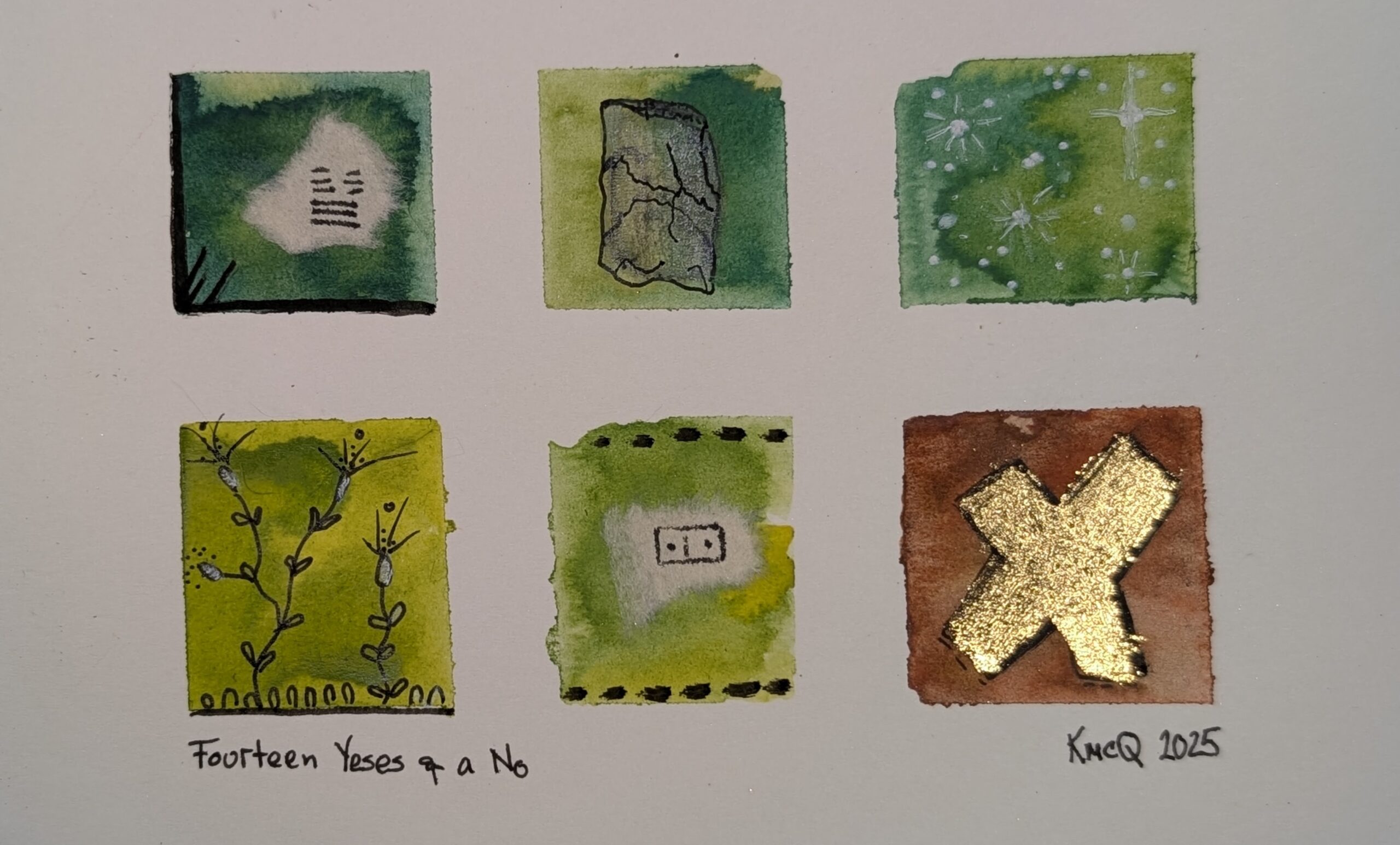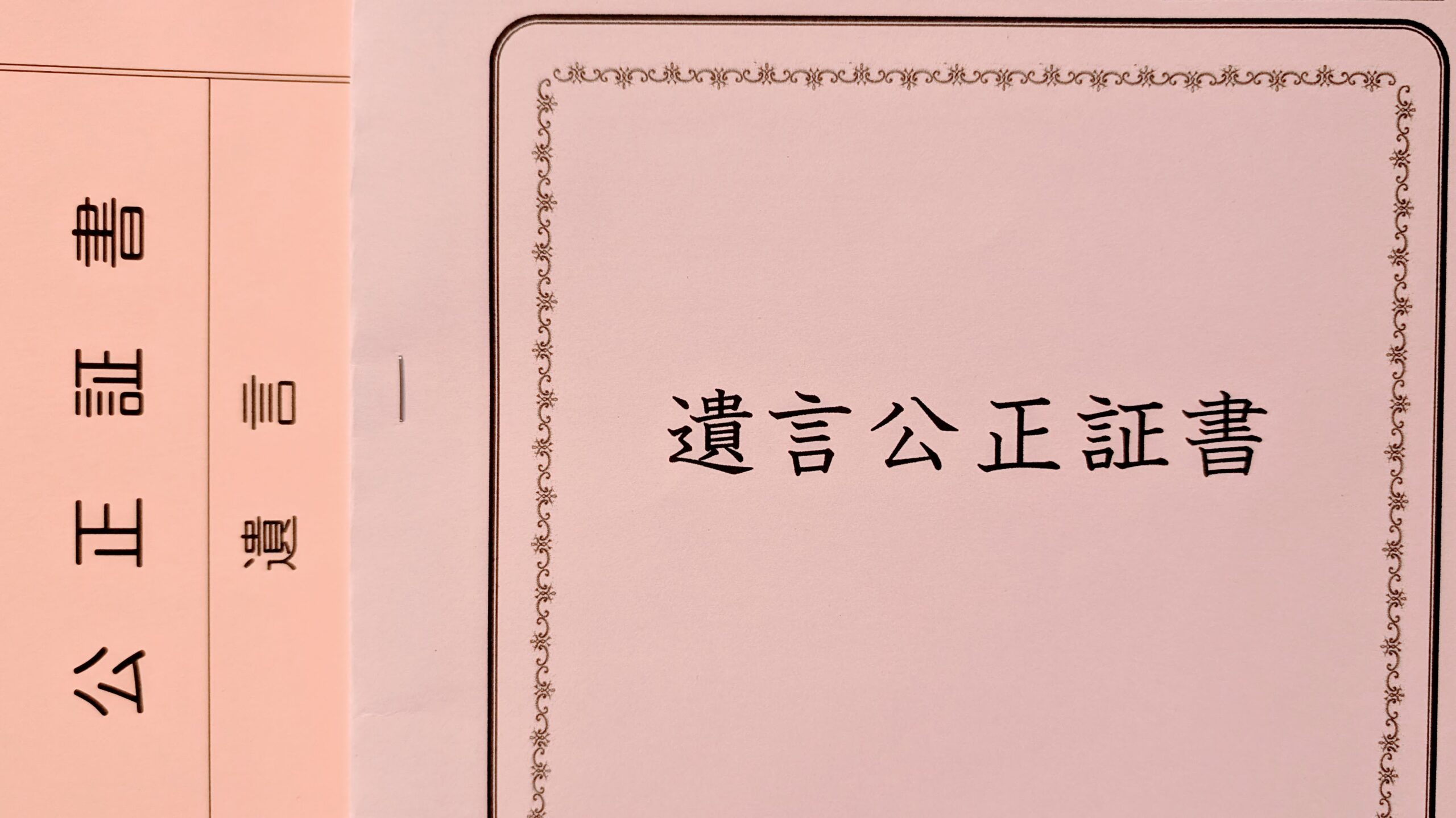
 Kagurazaka is one of Tokyo’s well known “traditional” neighborhoods. Despite encroaching fast food chains and convenience stores, it’s still an authentic working neighborhood, not at all staged or quaint. Kagurazaka charms by its utter lack of pretense.
Kagurazaka is one of Tokyo’s well known “traditional” neighborhoods. Despite encroaching fast food chains and convenience stores, it’s still an authentic working neighborhood, not at all staged or quaint. Kagurazaka charms by its utter lack of pretense.
The sloping street leading from the station to the temple is lined with family owned shops and restaurants. The side streets teem with tiny bars displaying red lanterns for signs. Shop owners come out in the afternoon wet down the street and cool things off. Cats roam the alleys.
Many lively precincts like Kagurazaka are fading memories. There was a similar neighborhood feel in Koishikawa, on the other side of the river in Bunkyo-ku, but it has been wiped out by developers who snatched up the old 2-story storefronts and constructed towering luxury condo highrises. Where there used to be three streets of shotengai, now there are 7 or 8 giant apartment blocks. Ironically, they use the neighborhood’s former charm as a selling point.
But Kagurazaka holds out for now. Walking through yesterday, we stumbled upon the annual matsuri and watched the awaodori dancers milling around before their performances and all of the spectators dressed in yukata. Although most of the people wearing yukata were women (young or old, but not too many in the middle years), a few men dressed for the occasion, too. A double dose of tradition to tide us over for a while.
Mediatinker by MAIL
Join 49 other subscribers
SEARCH
Longer Ago
Mediatinker, Kristen McQuillin, is an American-born resident of Japan since 1998. This blog chronicles her life, projects, thoughts, and small adventures.





